Everything you should clean up after getting sick: Expert advice

When someone in your family is sick, managing their needs while trying to keep the rest of the family healthy can be challenging. But there are steps you can take to prevent one person from getting sick for the whole family.
Knowing what to clean, how to clean it, and doing so often can be confusing and overwhelming. To ease the anxiety and guesswork of cleaning and disinfecting a home where someone is sick, we spoke to experts about the right ways to clean surfaces and do laundry when someone in the family is sick. your family has a cold, flu, Covid -19 or a highly contagious stomach bug like norovirus.
What – and how – to clean when someone in your household is sick
Brian Sansoni, senior vice president of communications at American Cleaning Institute (ACI) says, “It may be helpful to have the sick person stay primarily in one area of the home and use a separate bathroom, if possible.” Doing so will help reduce the amount of cleanup needed to prevent disease from spreading.
Sansoni lays out the basics: “Focus on cleaning and disinfecting where the sick person has been and what they have touched,” he says, “and washing hands thoroughly after cleaning.” This includes washing hands after washing the sick person’s dishes and after handling their soiled clothing.
After someone recovers from illness, Sansoni recommends wiping down surfaces they come in contact with, especially in bathrooms, and washing bed linens and towels so the disease doesn’t spread.
Your washing machine is one of the most powerful weapons in the fight against germs; Once someone is already sick, taking extra steps and enhanced precautions can have a big impact on preventing the spread of infectious disease throughout the family.
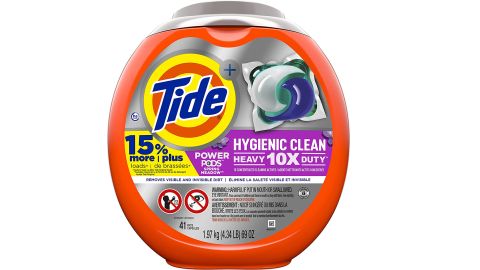
ACI created a system called Laundry level To provide clear guidance on when and what, enhanced laundry precautions are required. A home besieged by a cold, flu, or Covid-19 is considered moderate, requiring additional steps including washing in warm water and using a deeper cleaning detergent and/or bleach wash in addition to conventional detergents.
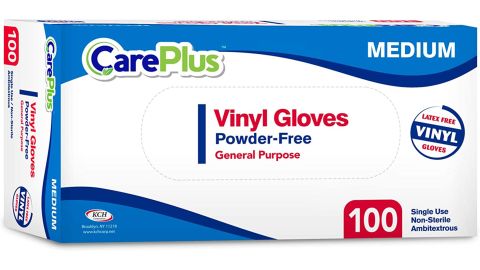
Another precaution to take when doing moderate to high loads is to wear gloves and avoid shaking clothes, bed sheets, towels, etc… of the sick person.

“When you have something like bugs in your stomach, this is when you need to be especially vigilant, as these germs can be more persistent,” says Sansoni. Additional laundry precautions to take during and after someone has a norovirus infection, for example, include using a deeper cleaning detergent, laundry disinfectant, and/or bleach; wash in hot water; and separate laundry from all other laundry in the household.
Understand the difference between cleaning and disinfecting
Cleaning and disinfecting are not the same thing, and understanding the difference between the two will help keep your home cleaner.
Julie McKinney, global director of microbiology and virology at Lysol, explains that “cleaning removes dirt and organic matter from surfaces with soap or detergent, while disinfecting kills them. viruses and bacteria on chemically applied surfaces”.
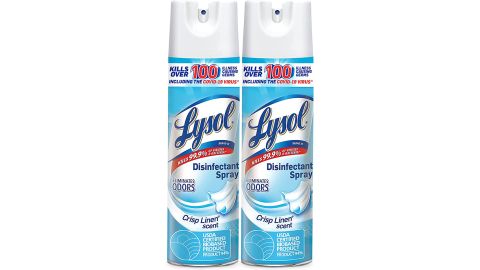
McKinney recommends taking a two-pronged approach to cleaning homes where someone is sick. Start by cleaning the surface to remove dirt and any other substances, like food, then disinfect. Disinfectant sprays can be used to disinfect soft surfaces and non-washable fabrics, or to disinfect between washes.
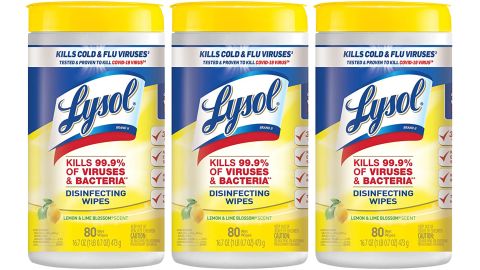
To disinfect hard, non-porous surfaces, such as countertops, doorknobs, faucets, and trash cans, wipe them down with a disinfectant wipe or use a material-safe spray. When it comes to using any disinfectant, “always follow the directions on the label,” says Sansoni, “which is especially important to ensure the disinfectant’s effectiveness.”
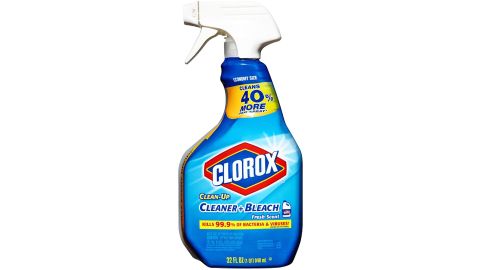
When it comes to stomach bugs like norovirus, Sansoni says, “It’s even more important to take additional precautions, such as using gloves and bleach-based cleaners. ”
The phrase “high touch” surface has become popular during the pandemic, but exactly We High touch surface? While some of them are pretty obvious (faucets, doorknobs, cell phones) others can be surprising, especially if they’re things like your keys (yes!) Which we usually don’t think about cleaning.
Sansoni and McKinney identified some of the most frequently touched surfaces, including but not limited to:
- Bathroom and kitchen sink
- Cell phones and other small electronic devices, including keyboards and remote controls
- Tables and tables
- Door handles and handles
- Glasses
- Food preparation surface
- Key
- Light switch
- Handrails / handrails
- Toilet
- Toy
If that list of high-touch items sparks a little fear of germs in you, Sansoni offers an important reminder to keep your anxiety under control. “We are living with microorganisms. They are present on every surface of our house. Many are harmless, although some have the potential to make us sick.” While it’s important to be aware of germs and how regular cleaning can help get rid of them and keep you from getting sick, he says, “It can be debilitating to feel the need to get rid of everything. even germs. We recommend smart, targeted cleaning throughout the week: Using the right product, in the right way, at the right time. ”




